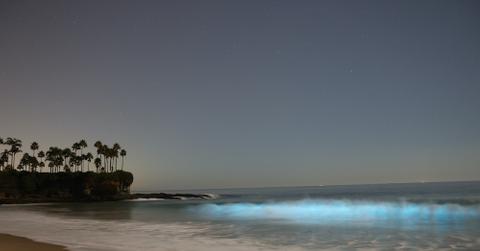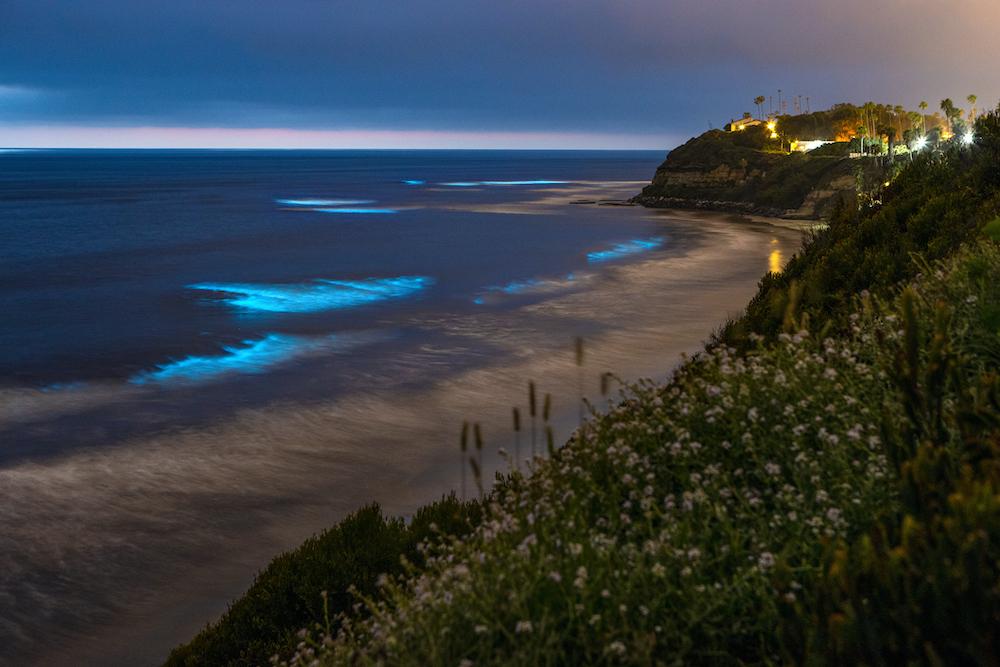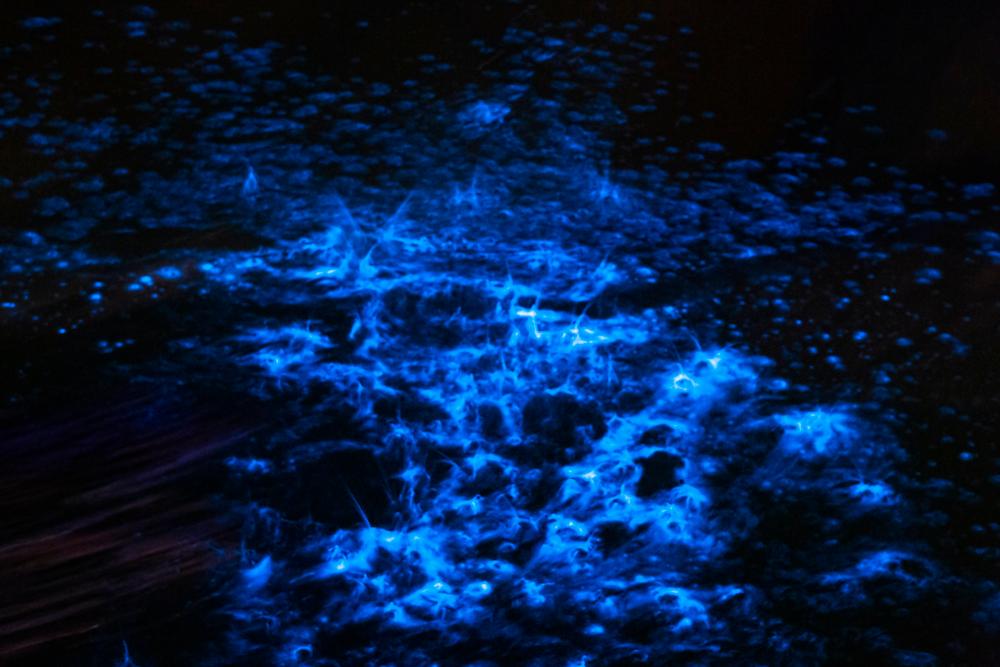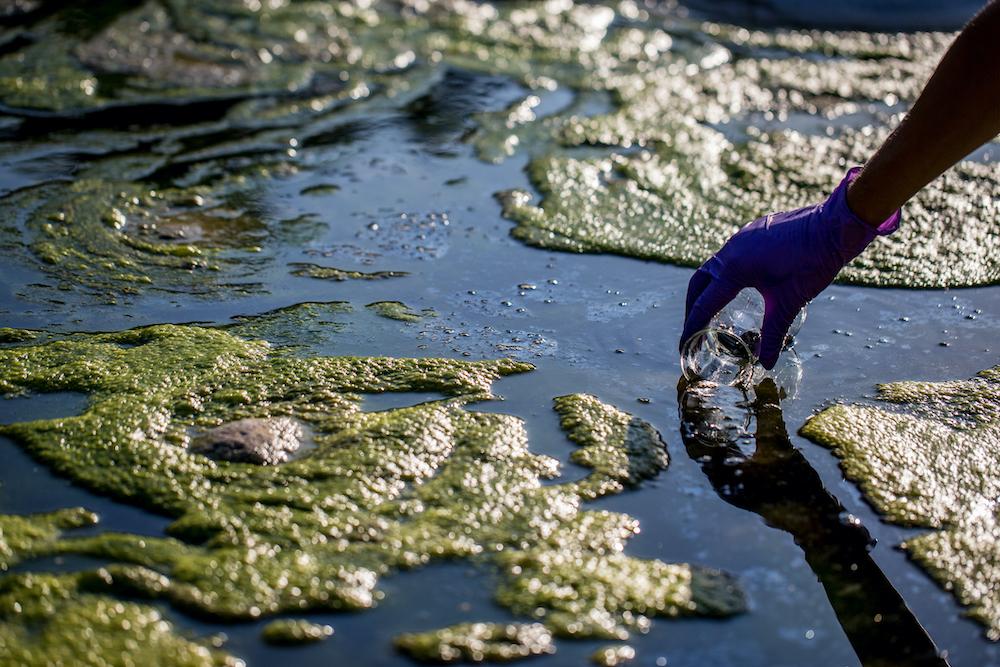Glowing Blue Waves in Southern California Stun Beachgoers: Details Here
Published Jan. 22 2024, 3:36 p.m. ET

In January 2024, bioluminescence turned Southern California’s cascading waves from whitecaps to “bluecaps,” causing a stunning blue glow at night that caught the attention of locals and visitors alike. Although it’s not the first time the phenomenon has appeared, according to an article from USA Today, the blue waves appeared almost nightly.
The best time to view the spectacular show is typically spring and summer. The 2024 winter display was "as bright as it was during spring 2020," per USA Today, when residents and visitors had another opportunity to see the illuminated ocean. Are naturally occurring algal blooms causing the ocean waves along California's shores to glow, or is it a result of environmental changes?

Bioluminescent waves lit up Southern California in January 2024.
The neon blue waves appeared along the coastal areas in early January 2024. Laguna Beach, Newport Beach, Huntington Beach, and Long Beach experienced the highest concentration of sightings, per FOX 11 Los Angeles. The occurrences happened so frequently that local boat companies reportedly began offering nightly tours.
The glowing blue lights appear during motion – like that of waves crashing – but California is not alone in the phenomenon. Bioluminescence occurs in many regions across the globe.
In Puerto Rico, tours are widely available in several different “bio bays,” including Mosquito Bay, considered one of the brightest in the world. In the continental U.S., kayak outfitters in Washington’s San Juan Islands and Cocoa Beach, Fla. also offer bioluminescence tours year round.

What caused Southern California’s bioluminescent waves?
Dinoflagellates are tiny organisms in marine plankton with the unique ability to emit bioluminescence. When exposed to high nutrients, warm water temperature, and low salinity, these organisms experience rapid growth, known as algal blooms, per ScienceDirect. This causes the water to become discolored, and the resulting shade is commonly referred to as “red tide.”
Does climate change cause red tides?
Red tide is a naturally occurring phenomenon, but according to the Environmental Protection Agency (EPA), scientists believe climate change impacts harmful algal blooms. Rising ocean temperatures provide algae with an environment to flourish, but changes in salinity have also made freshwater vulnerable to algae blooms. The EPA states, "In the southwestern and south central United States, toxic marine algae have been killing fish in freshwater lakes since 2000.”

Additionally, increases in carbon dioxide levels, coastal upwelling, and changes in rainfall patterns caused by climate change could all contribute to algal blooms. However, other studies indicate that the perceived increase in global algal blooms is due to enhancements in monitoring efforts and that further regional evaluations are needed.
Although red tides can cause serious health concerns in humans, not all are dangerous. In California, most algal blooms are not toxic, per the Scripps Institution of Oceanography. However, you should assume a bloom is toxic until confirmed otherwise, so it's best to watch the bioluminescent waves in southern California from the shoreline or safely inside a boat.
The California Water Board's HAB reports map can be used by those interested in seeing the status of current water conditions and the presence of harmful algal blooms.